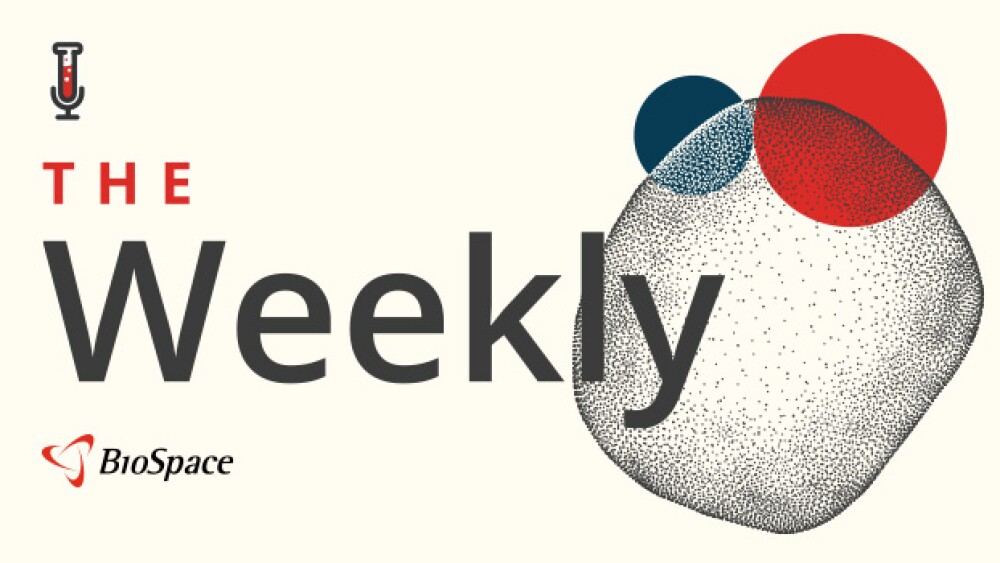SAN DIEGO (Reuters Health) - A catheter containing two sequentially inflating balloons diverts blood from the lower extremities and can increase flow to the cerebral arteries during acute ischemic stroke. The experimental device appears to be safe and feasible, and has led to a reduction in neurological deficits, even in patients with symptom duration of up to 12 hours.
At the American Stroke Association’s 29th International Stroke Conference, Dr. Morgan S. Campbell, III, of the Alabama Neurological Institute in Birmingham reported results of pilot study of the device in 17 patients with acute ischemic stroke of 12 hours duration or less.
Average time to treatment was 7.5 hours. NIH Stroke Scale (NIHSS) scores ranged from 3-20. Patients were not eligible for intravenous tPA, the only FDA-approved treatment for acute ischemic stroke.
The balloons were placed above and below the renal arteries, partially obstructing the aorta. The balloons were inflated sequentially, the infrarenal balloon first, followed by the suprarenal balloon, resulting in a shifting of blood away from the lower extremities up toward the head. The device was left in place for approximately 1 hour.
The device was able to divert enough blood to the cerebral arteries to result in an improvement in perfusion in 12 of 16 patients, or 75%, Dr. Campbell reported. Cerebral angiograms, performed in 6 patients, showed improved cerebral perfusion in 3 subjects. NIHSS scores improved by 3 or more points in 10 of 15 awake patients and remained so in 8 of 15 patients 24 hours after treatment.
At 30-day follow-up, 2 patients had died of stroke progression. Five of the 15 survivors had NIHSS scores of 2 or lower.
Improved cerebral perfusion with the balloons “is simply a resistance effect,” Dr. Campbell told Reuter Health. The device appears to be safe, causing no episodes of cardiac stress, vascular damage or cerebral hemorrhage, he said. One of the more promising results of the study is its apparent efficacy in some patients with stroke of up to 12 hours in duration, he commented.
Enrollment for phase II of the NeuroFlo device (CoAxia, Inc., Maple Grove, MN) has already begun.
MeSH Headings:Brain Ischemia: Hypoxia-Ischemia, BrainCopyright © 2002 Reuters Limited. All rights reserved. Republication or redistribution of Reuters content, including by framing or similar means, is expressly prohibited without the prior written consent of Reuters. Reuters shall not be liable for any errors or delays in the content, or for any actions taken in reliance thereon. Reuters and the Reuters sphere logo are registered trademarks and trademarks of the Reuters group of companies around the world.




